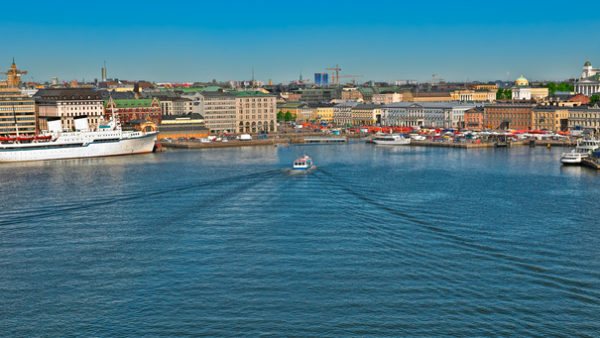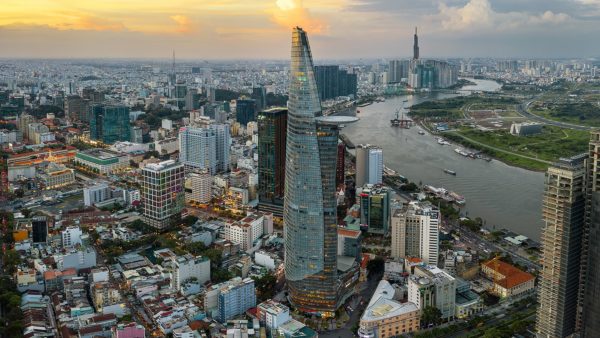A GCR special report into likely changes in the global aviation industry over the next 16 years has forecast a radical shake-up in the ranking of the world’s top 30 airports, including the end of Atlanta’s reign as the world’s busiest airport, the emergence of Paris as the dominant European destination, and the creation of mega-hubs in regions such as the Middle East and Turkey that lie between continents.
The report, which relies on statistics gathered from a wide variety of reports around the world, looks at how airports will cope with a market in which the number of passenger trips increases from 6.3 billion in 2013 to 13 billion in 2030.Â
A global capacity crunch is forecast in emerging markets such as China and India, which are experiencing a 10% annual growth in demand but are grossly undersupplied with airports. China has 0.13 airports per million people, compared with 2.5 in America.
In mature markets such as Europe, where many hub airports have reached the limit of their ability to expand, air traffic control body Eurocontrol predicts that 12% of demand will not be met by 2035.
Heathrow, Frankfurt and Schiphol in the Netherlands are all experiencing difficulty in expanding, which means that Paris’s Charles de Gaulle, which has significant land reserves, a central position and access to high-speed rail, looks likely to be the big winner. At its present growth rate, it may become the second biggest airport in the world, after Dubai Al Maktoum, by 2030, with 155 million passengers a year.Â
The report also highlights the rise of mega-hub airports in the Middle East and Turkey, and to a lesser extent Mexico. These will be geared towards "very large aircraft" such as the Airbus A380, the Boeing 787 and a new wide-body jet that China and Russia may jointly develop.
Such hubs will specialise in international routes between Asia, Europe and, in the future, Africa, allowing passengers in these continents to travel between any two cities with only one change of plane.Â
The mega-hub concept envisages a single facility able to feed, move, investigate and inform half a million people a day. Paul Griffiths, the chief executive of Dubai Airports, which aims to be the first to achieve this feat, has already said that "today’s processes and technologies are desperately lacking. They simply won’t work at that scale".Â
The appearance of intercontinental hubs means that the domestic varieties, such as Chicago O’Hare and Hartsfield-Jackson International Airport in Atlanta, which has been the busiest airport in the world since 2000, will lose their global ranking.Â
The report predicts that Atlanta will decline to sixth position by 2030, and that Dallas Fort Worth, which has fewer capacity constraints than its rivals, will become the US’s second largest airport.
The rise in hub airports will run alongside an even greater growth in the point-to-point market in the emerging economies of China, India and Indonesia. China’s Civil Aviation Administration has predicted that passenger volume could grow from 350 million in 2013 to 450 million by the end of 2015.Â
The GCR report gives an estimated ranking of the top 30 airports in 2030 based on forecast growth and an examination of each airport’s future planning.
For more, see The Future of Air Transport










